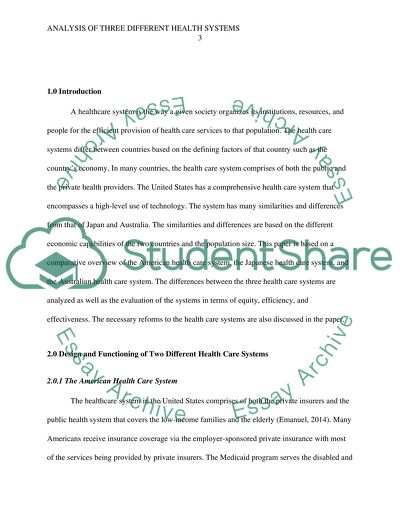Cite this document
(“Analysis of three different health systems Assignment”, n.d.)
Analysis of three different health systems Assignment. Retrieved from https://studentshare.org/health-sciences-medicine/1697248-analysis-of-three-different-health-systems
Analysis of three different health systems Assignment. Retrieved from https://studentshare.org/health-sciences-medicine/1697248-analysis-of-three-different-health-systems
(Analysis of Three Different Health Systems Assignment)
Analysis of Three Different Health Systems Assignment. https://studentshare.org/health-sciences-medicine/1697248-analysis-of-three-different-health-systems.
Analysis of Three Different Health Systems Assignment. https://studentshare.org/health-sciences-medicine/1697248-analysis-of-three-different-health-systems.
“Analysis of Three Different Health Systems Assignment”, n.d. https://studentshare.org/health-sciences-medicine/1697248-analysis-of-three-different-health-systems.


